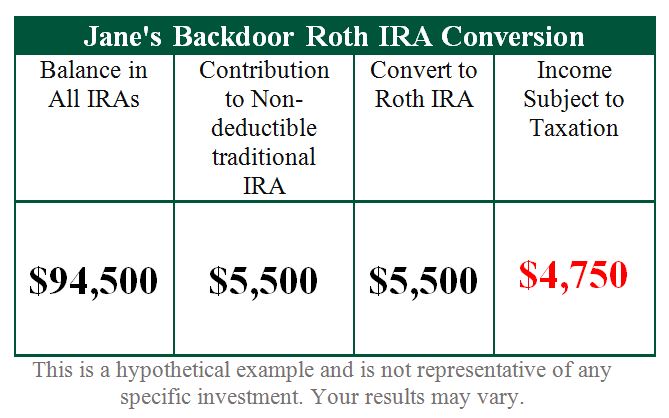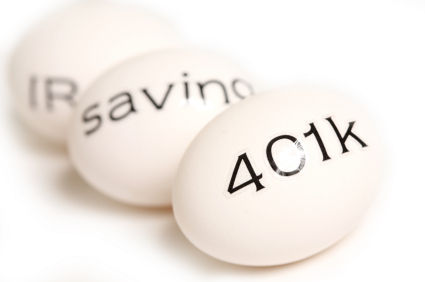
A theme which appears consistently throughout the third edition of Retire Secure! is the question of which is better – the traditional or Roth IRA. Changes in the law since Edition Two was written, as well as additional changes that our current administration is pressing for, make it the million dollar question.
In order to answer the question, we dedicated Chapter 2 to comparing the pros and cons of each type of account as they exist under the current law. If you are not familiar with the rules of each IRA account, it is probably worth your time to read this chapter. Subsequent chapters address the proposed changes to the rules, and how they might affect your decision when reviewing your retirement plan options. And, due to popular demand, I’ve added a section about the IRS ordering rules, which explains how to avoid tax and penalty if you need to withdraw money from a Roth account before five years has passed.
The IRA illustrations were calculated using a 6% rate of return, and the maximum contribution amount as established by the IRS. We also ran an illustration that shows, for those who don’t have a lot of time left to save, the difference in the accounts when contributions are made for a very limited number of years.
A final note about tax brackets: when Edition Two was written, the maximum tax rate was 35%. Subsequent changes in the tax laws increased the maximum rate to 39.6%. This difference of almost 5% is more significant than you might think. The impact of the increased tax brackets is discussed in detail in subsequent chapters, but the concept is first introduced in Chapter 2.
Check back soon for an update on Chapter 3!
Jim
 A nationally recognized IRA, Roth IRA conversion, and 401(k) expert, he is a regular speaker to both consumers and professional organizations. Jim is the creator of the Lange Cascading Beneficiary Plan™, a benchmark in retirement planning with the flexibility and control it offers the surviving spouse, and the founder of The Roth IRA Institute, created to train and educate financial advisors.
A nationally recognized IRA, Roth IRA conversion, and 401(k) expert, he is a regular speaker to both consumers and professional organizations. Jim is the creator of the Lange Cascading Beneficiary Plan™, a benchmark in retirement planning with the flexibility and control it offers the surviving spouse, and the founder of The Roth IRA Institute, created to train and educate financial advisors.
Jim’s strategies have been endorsed by The Wall Street Journal (33 times), Newsweek, Money Magazine, Smart Money, Reader’s Digest, Bottom Line, and Kiplinger’s. His articles have appeared in Bottom Line, Trusts and Estates Magazine, Financial Planning, The Tax Adviser, Journal of Retirement Planning, and The Pennsylvania Lawyer magazine.
Jim is the best-selling author of Retire Secure! (Wiley, 2006 and 2009), endorsed by Charles Schwab, Larry King, Ed Slott, Jane Bryant Quinn, Roger Ibbotson and The Roth Revolution, Pay Taxes Once and Never Again endorsed by Ed Slott, Natalie Choate and Bob Keebler.
If you’d like to be reminded as to when the book is coming out please fill out the form below.



